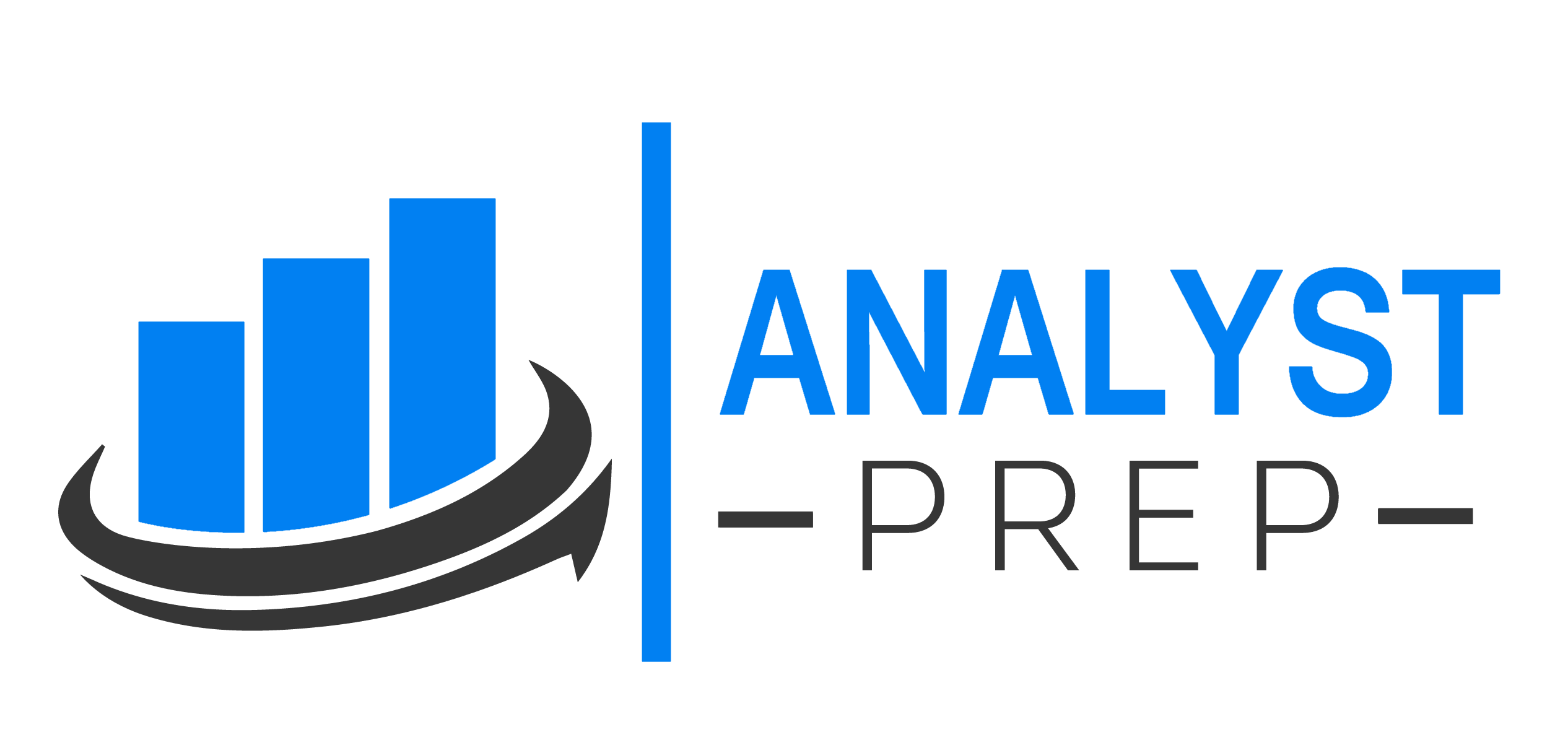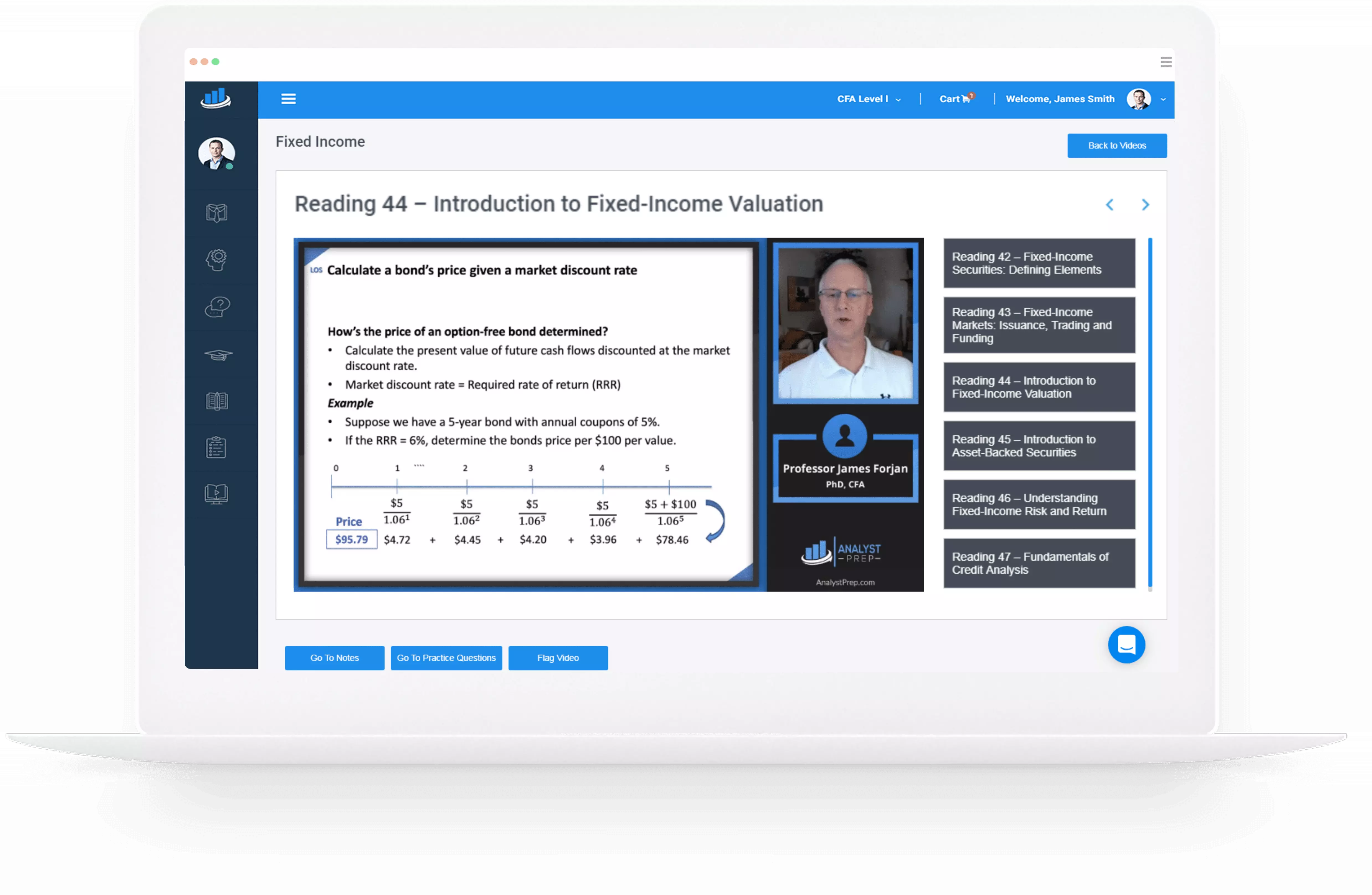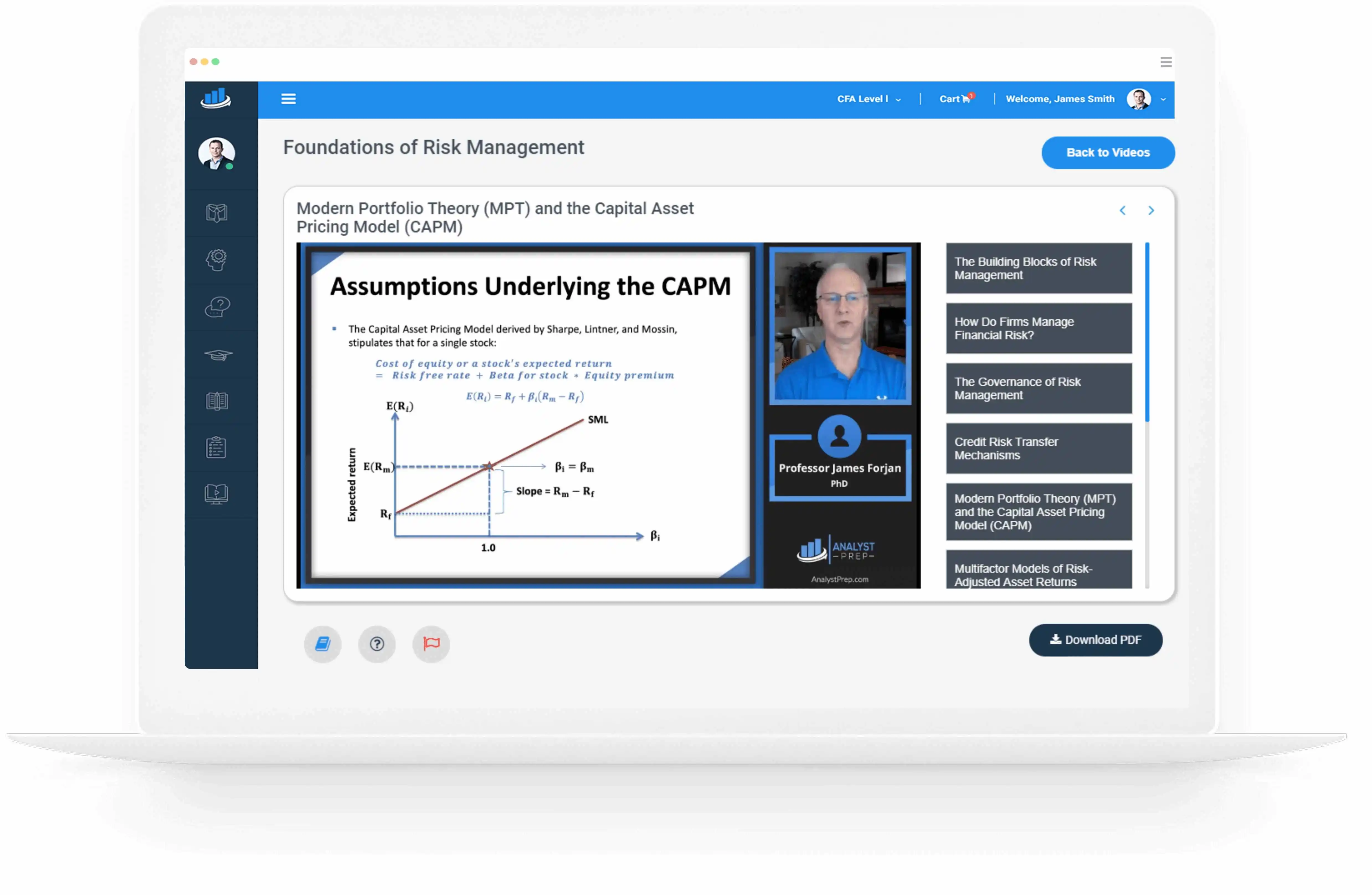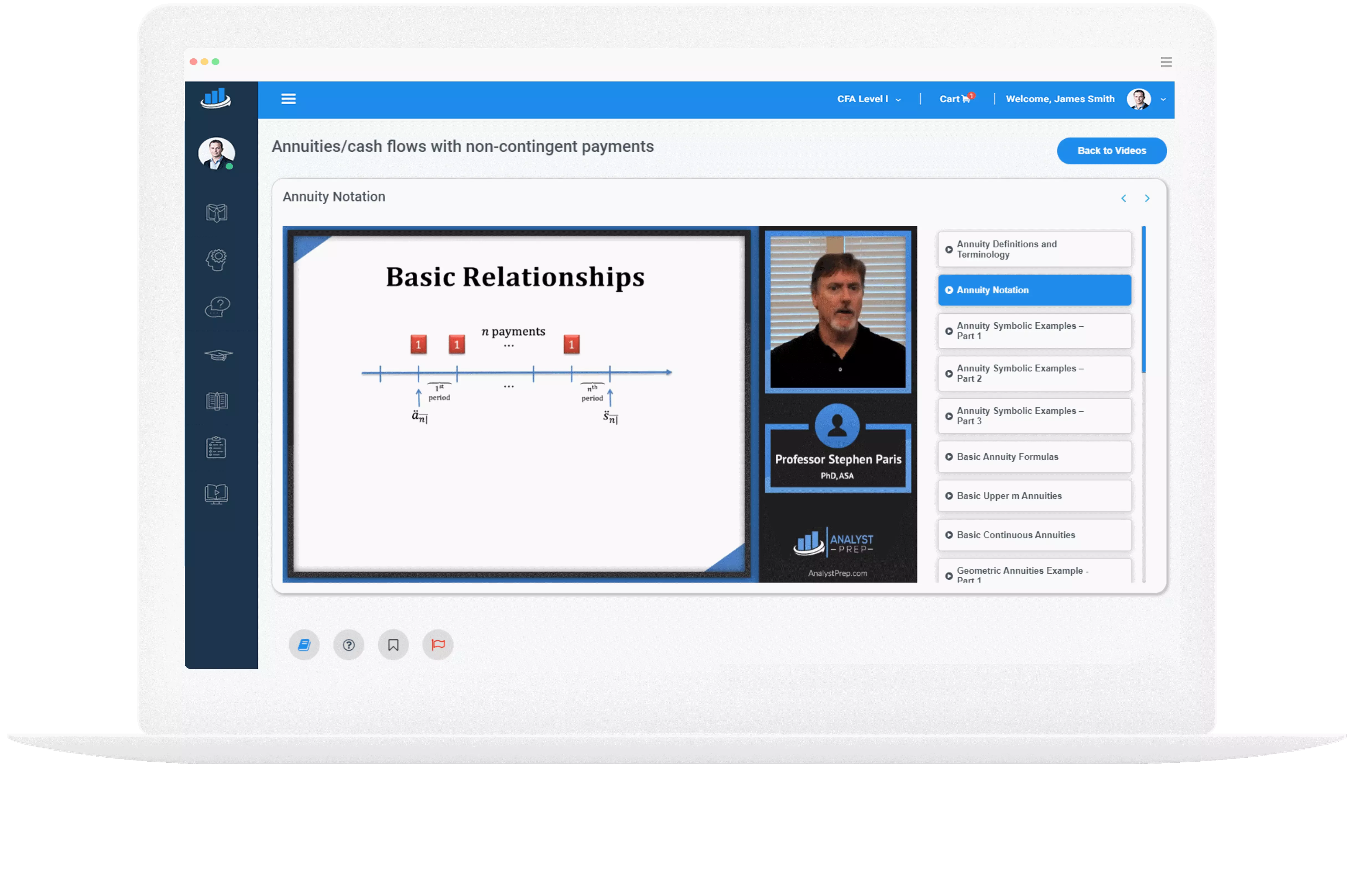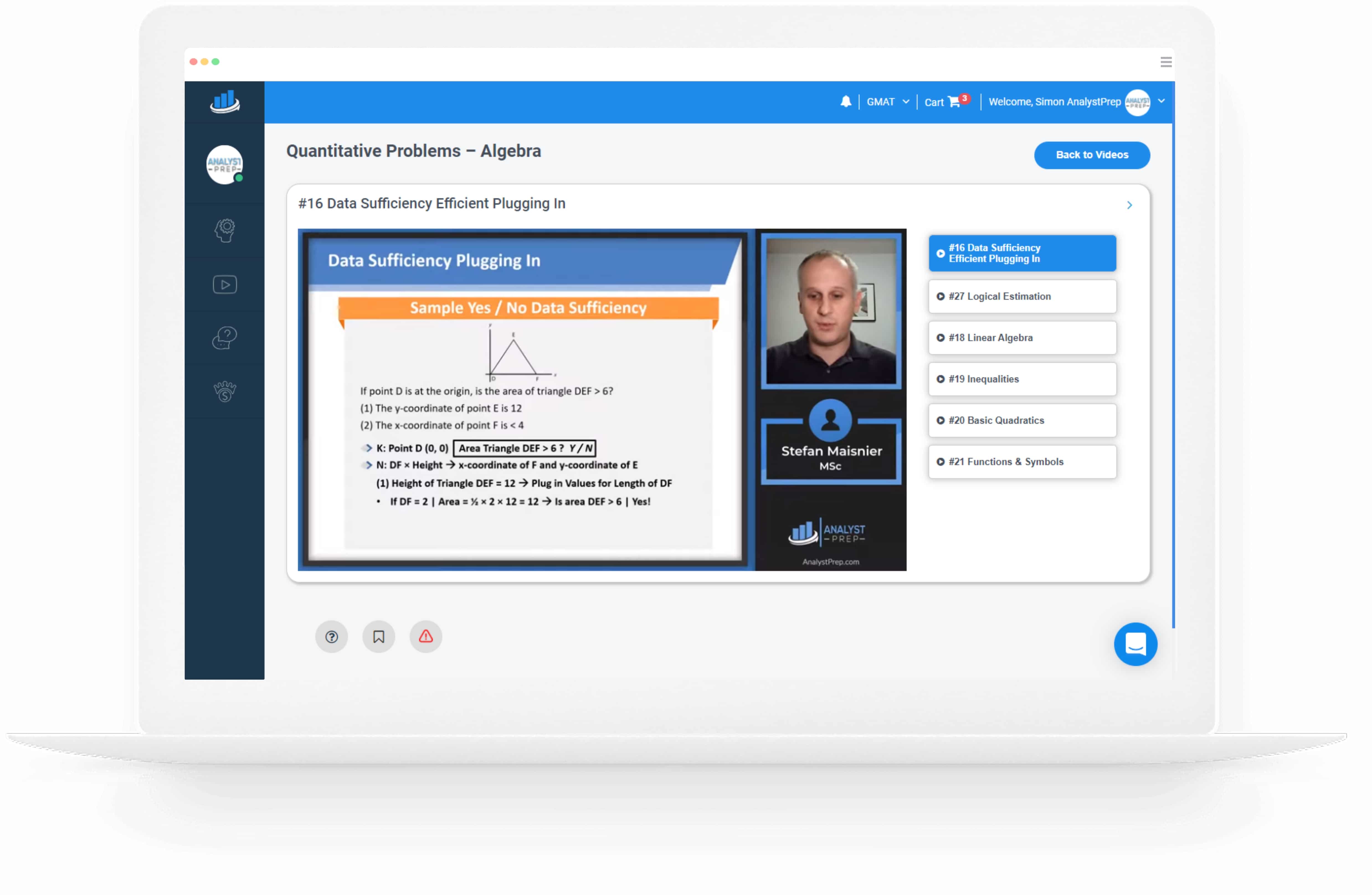
Frequently Asked Questions on the FRM® Certification
You may have just enrolled for the FRM course, or maybe you are considering registering for the course to advance your career, and you probably have a lot of questions about FRM certification. Let us answer the most frequent questions…

How Easy is it to Pass the FRM® Exam?
Suppose you have just enrolled in the FRM program; you probably want to know how hard the exam is. The FRM curriculum is challenging; therefore, you will need to put in hard work and a lot of time to succeed….

What is the Difference Between FRM® Certification and CFA® Charter? All you need to Know
If you are planning on joining the finance world and working as a financial analyst or with investments, the FRM certification or CFA charter could help you achieve your career goals. To make the right choice, you need to know…

A Simple Step by Step Guide to Prepare for Your CFA® Level I Exam
You might have heard about how hard the Level I CFA exam is, and you may be feeling discouraged. There is no need to panic or feel apprehensive. If you have enrolled and registered for CFA Level I exam, we…

How High is the CFA® Exam Pass Rate?
The CFA exam pass rate is not high since aside from being challenging, the course is tested in three levels. Very few people pass all the levels, and less than half of the candidates clear the first level. This article…

All You Need to Know About LEVEL I CFA® Exam Computer-Based Testing
The CFA Institute has transitioned all level testing to be computer-based in 2021. Prometric will administer all the exams, and you should schedule your exam appointment. Why Did the CFA Program Transition From Paper to Computer-based Testing? 1. To Remain…

The Best Tips to Study for and Pass Level I CFA® Exam
You have probably heard how difficult CFA® level I examination are, and you might be wondering if and how best to study for them. To move on to the next level, you need to attain the minimum passing score (MPS)…

5 Key Benefits Of FRM Certification
The FRM (Financial Risk Manager) is one of the most recognized risk management designations issued by the Global Association of Risk Professionals (GARP) to advance a financial services career. Risk manager plays an essential role in financial services. A risk…

Difference between MBA, Masters in Finance (MF), CFA® Program and FRM
Now the world is going digital. This increase in online tools, services, and various platforms has led to a high jump in material available on-the-line. Since you’ve come to our page, you are probably a student, wondering how to succeed…
